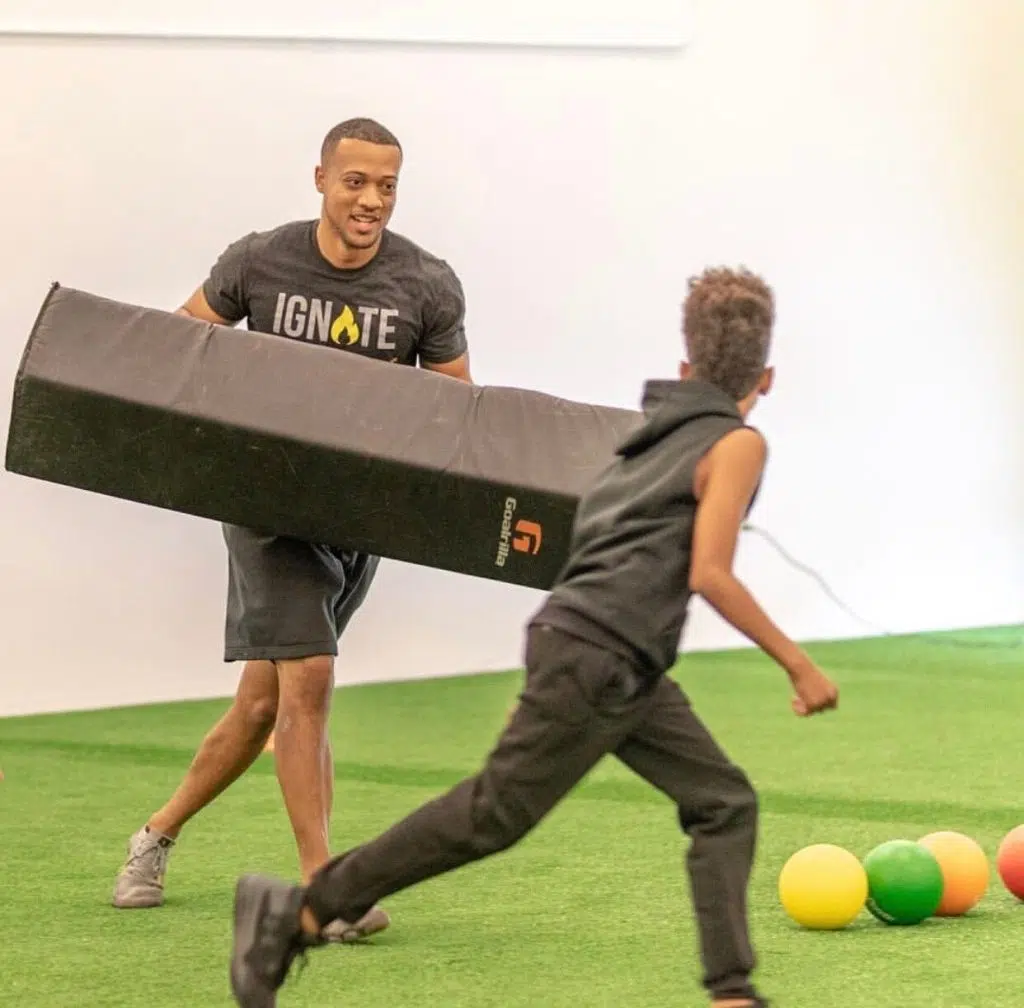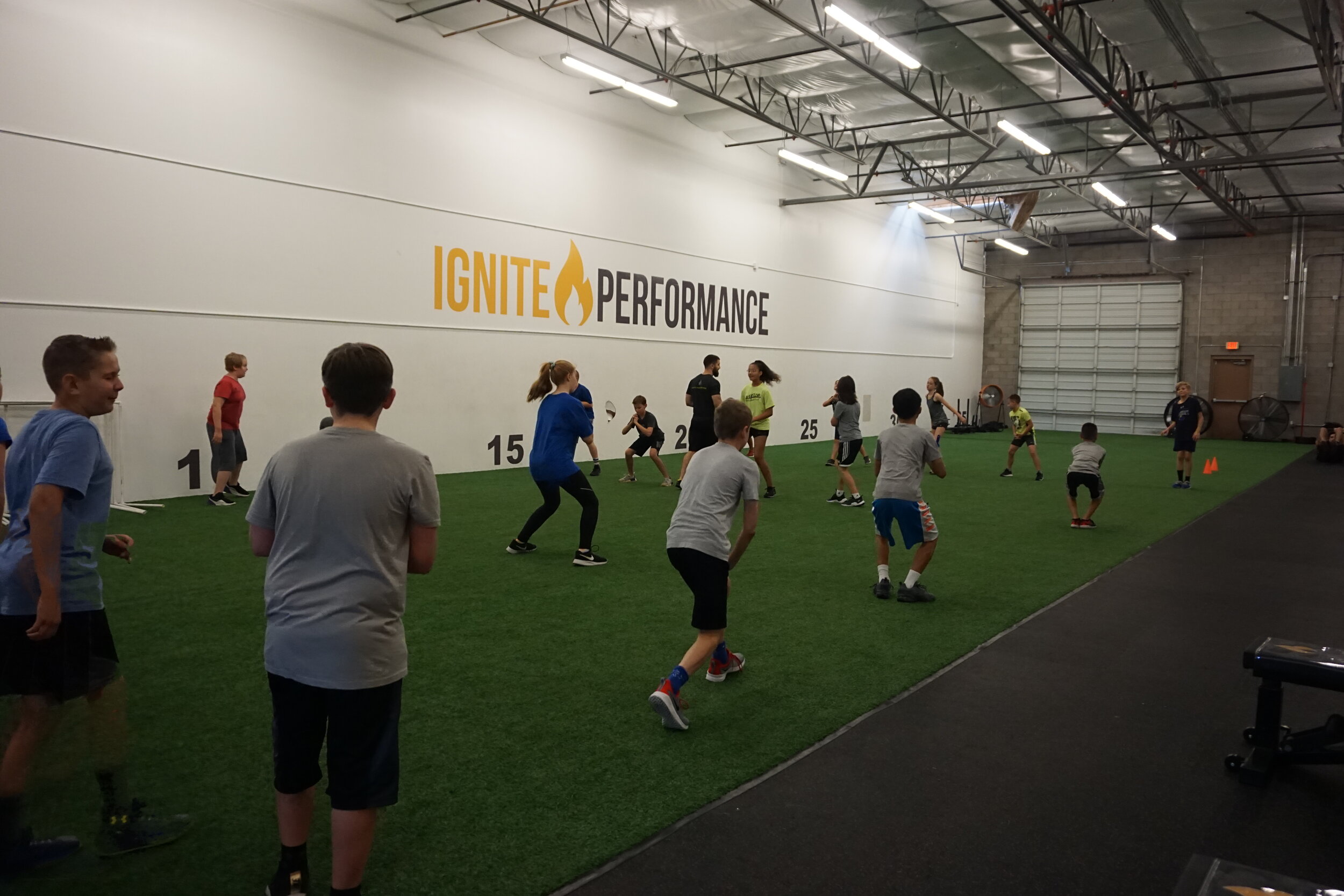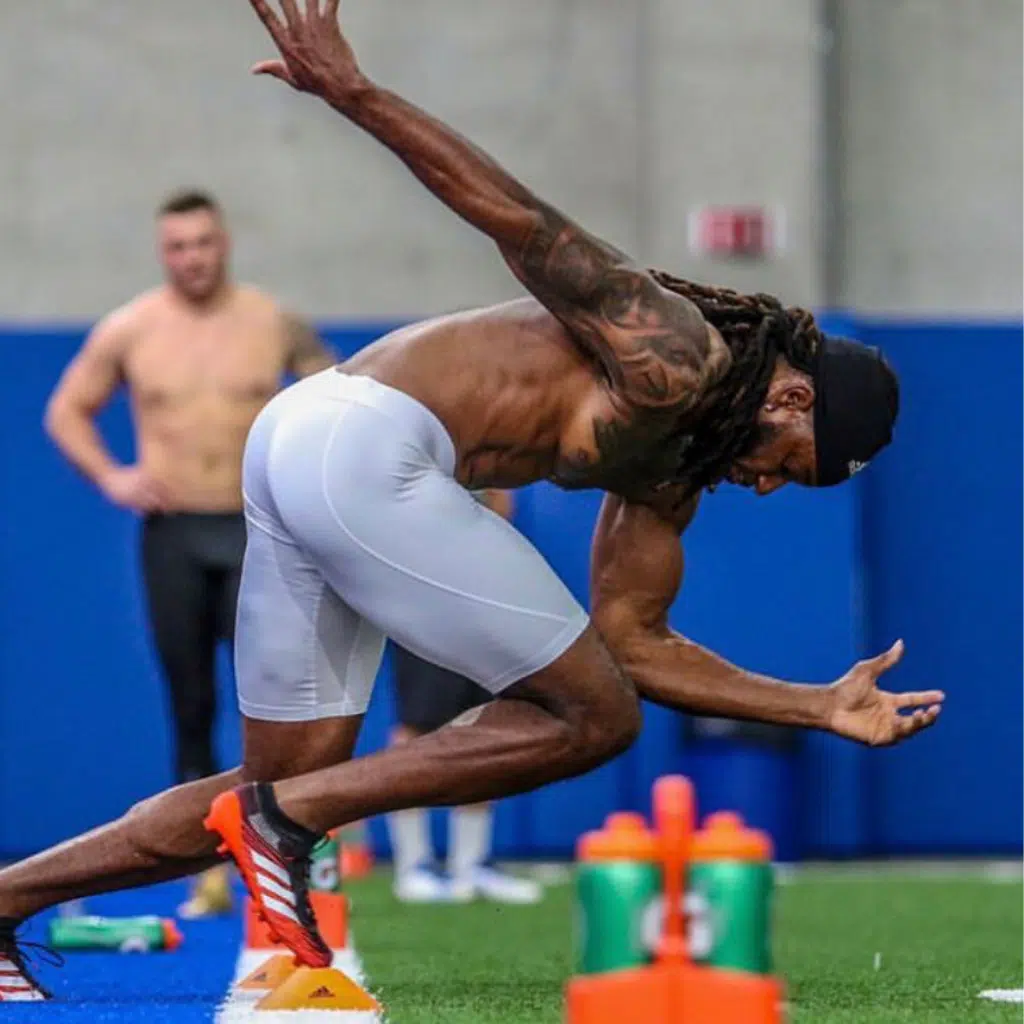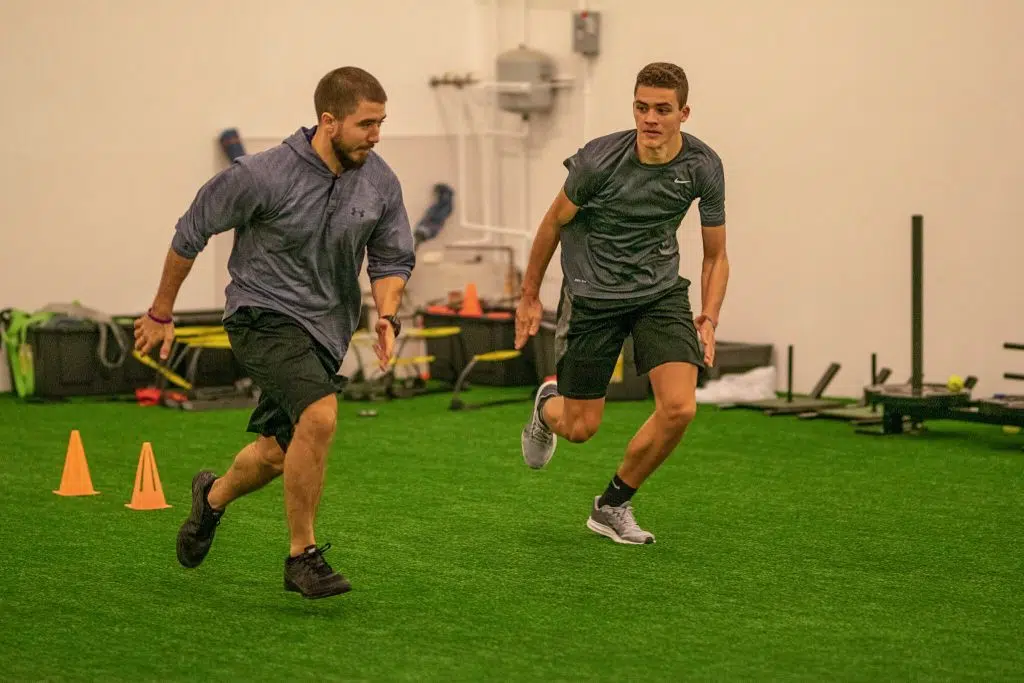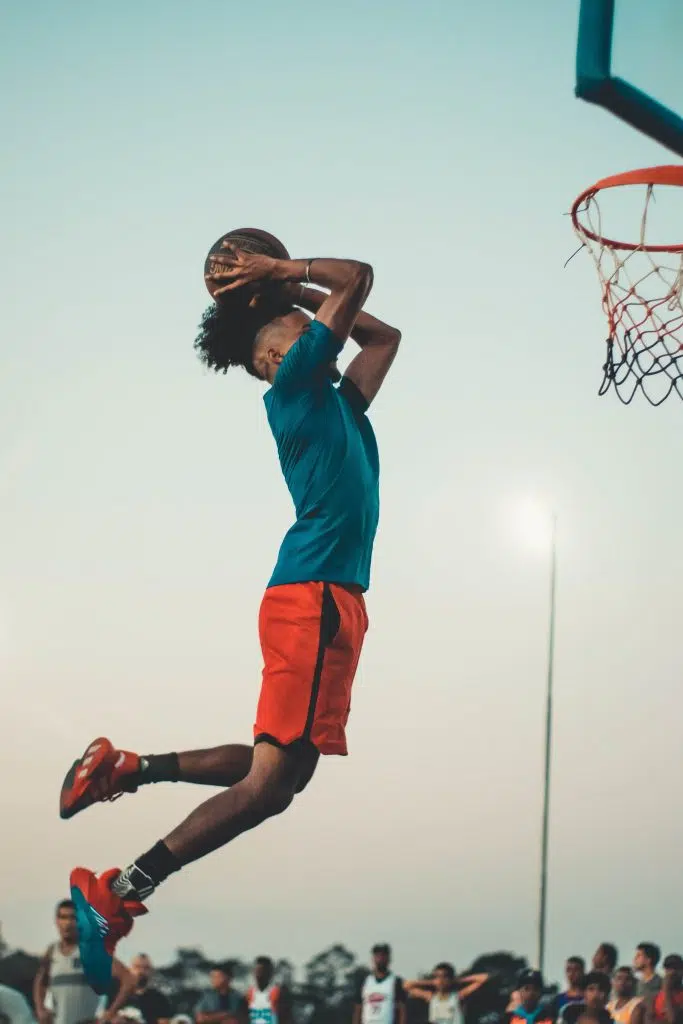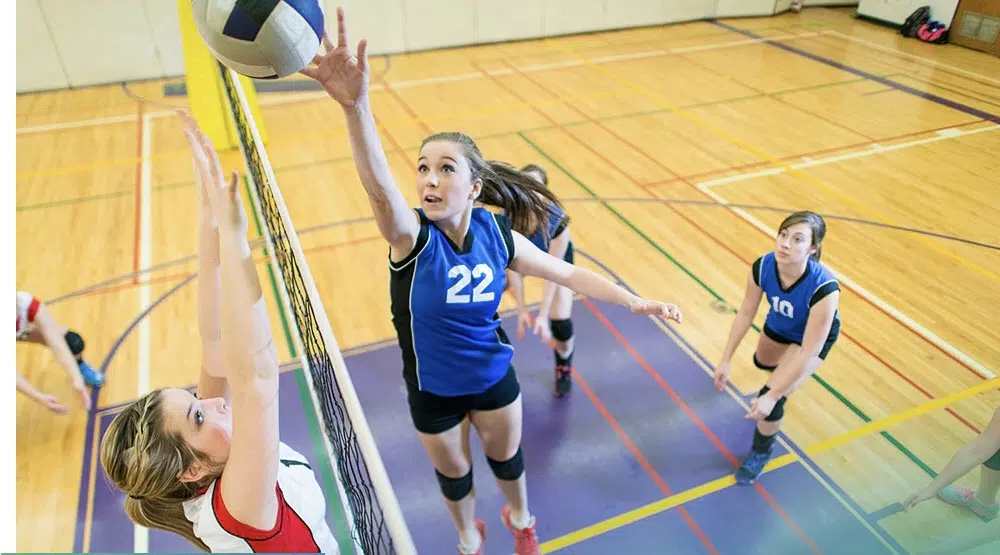In the American youth sports landscape, being competitive as soon as possible is often the goal. In addition to that, it seems that athletes are beginning to train at younger and younger ages . With that being said, as coaches, we have to remember who we are working with. Our goal shouldn’t be to focus on short term gains , but rather to take a holistic approach and focus on long term development. Here are some of our principles when it comes to youth athlete training.
** Ignite Speed Academy is now open for registration…Act now to receive the FOUNDERS RATE
1) Safety
This may seem obvious, but safety with our athletes is always our #1 priority. For youth athletes, that often means using different methods besides traditional strength training, that can often be safer for younger athletes.
One of the most common questions we get regarding youth athletes is “Is it safe for my child to strength train?” Short answer, it depends (the most dreaded answer, I know!). But in general, strength training can be safe and effective for most athletes. For more on youth athlete training myths, check this out.
The thing is, strength doesn’t have to be lifting heavy weights and doing back squats. Body weight exercises and plyometrics are great ways of achieving strength gains in a safe and effective manner.
2) Donor Sports
This concept is likely foreign to many of you, but donor sports are essentially sports that that promote various athletic qualities and can “donate” those qualities to other sports. Let’s take the sport of parkour for example. In parkour, athletes have to use various landing strategies in order to land safely and effectively from their jumps. Those same landing strategies can be used in sports such as volleyball and basketball.
While we are not necessarily doing full parkour in our gym , we do incorporate games that act as donor sports for our athletes. Games that include tagging, evading, and throwing help athletes transfer skills along a wide range of sports. Below is a game we in our Speed Academy called Ultimate Tag, which includes many skills that transfer to various sports.
3) Creativity and Exploration
The best athletes are often the most creative ones. To help facilitate this creativity we try to create environments that allow our athletes to explore different movement strategies. That might include obstacle courses or various tasks that require the athletes to solve problems.
Too often, youth athletes are TOLD how to move, rather than allowing then to discover how they move as an individual. Many training facilities teach off a technical model of training that is based on movement patterns that are unattainable for most athletes, in particular youth athletes. We believe in allowing the athlete to explore and discover who they are, rather then telling they who they need to be.
4) Fun
Last but not least, fun is a crucial element of creating buy-in for youth athletes, or really all athletes in general. We do our best to create an environment that is both encouraging and positive! Athletes have to want to be at training to get the most out of their experience.
The developmental ages for kids are not just import from an athletic development standpoint, but also from a personal development standpoint. We know crucial it is for young athletes to have positive relationship with physical activity and exercise. That relationship is something that will not just be with them through their athletic career, it will be something that they take with them for the rest of their lives.
Here are some feedback we’ve gotten on our youth athlete training programs:
**If you are interested in learning more about our youth athlete programs click here, or check out the link below!

